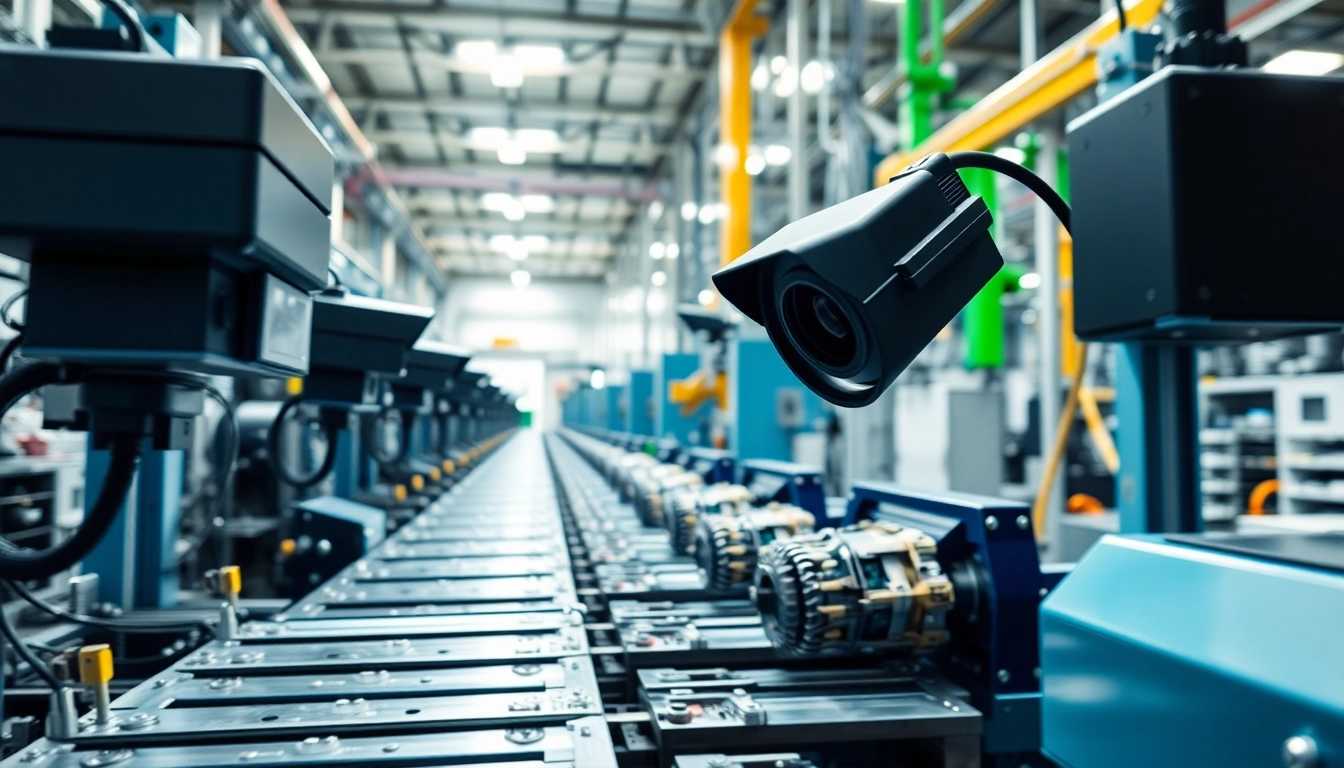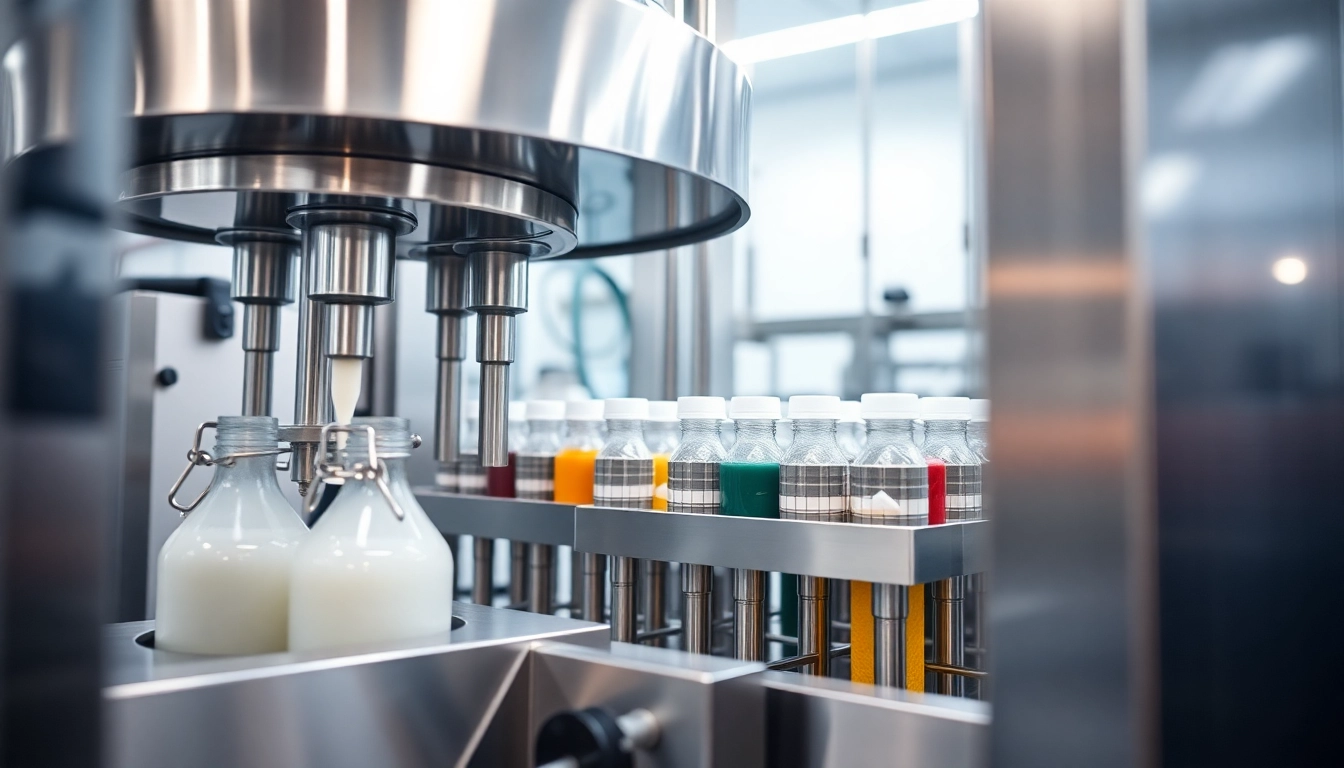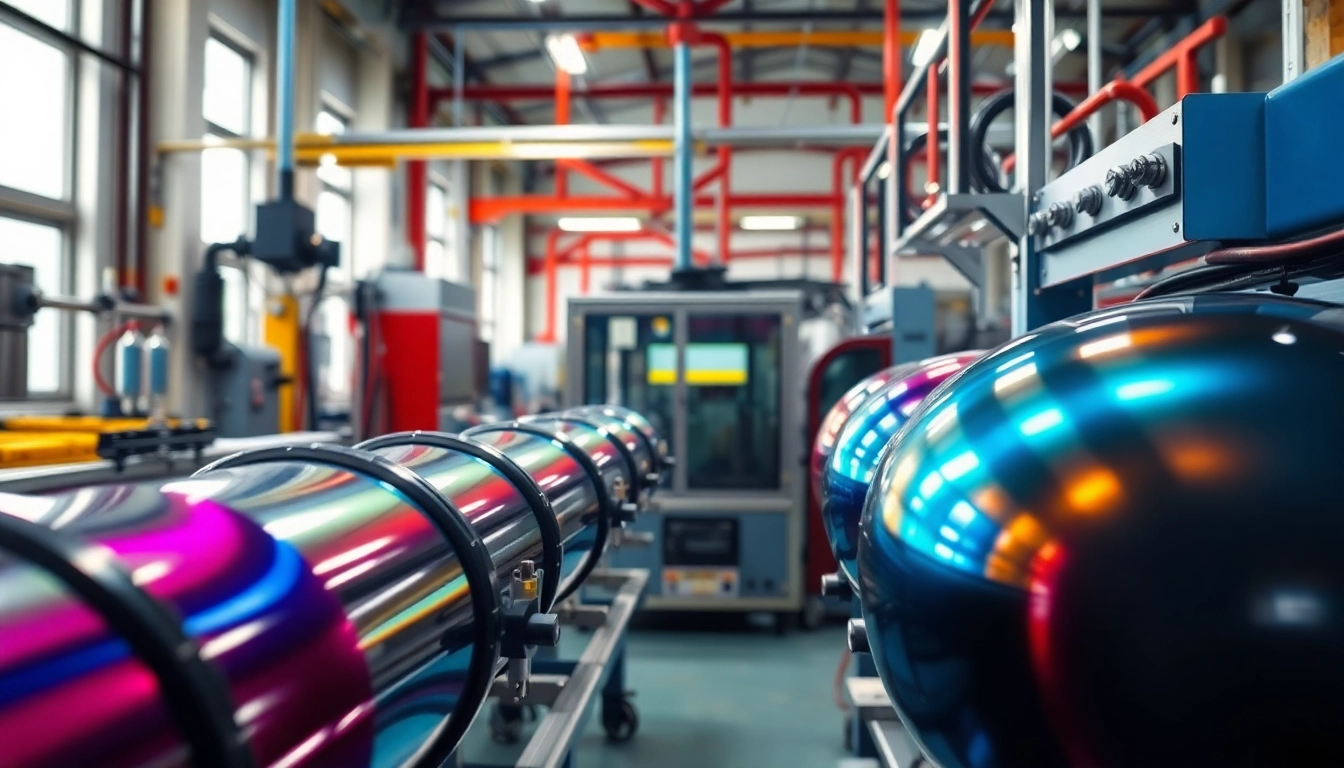What is Machine Vision?
Definition and Key Concepts
Machine vision refers to the technology that enables machines to interpret and understand the visual information of their surroundings. This capability relies on digital imaging and the incredible computational power of modern computers to automate tasks that were once predominantly performed by humans. By utilizing high-resolution cameras and imaging software, machines can conduct tasks such as inspection, measurement, and identification with remarkable precision and speed. In a contemporary context, machine vision is increasingly central to automated processes across various industries.
Historical Development of Machine Vision
The roots of machine vision can be traced back several decades to the early explorations in automated inspection systems in manufacturing. During the 1960s and 1970s, the introduction of rudimentary digital imaging tools marked the genesis of this technology. Over time, advancements in computer processing power and the development of sophisticated algorithms propelled machine vision into mainstream industrial applications. The 1990s saw the rise of vision systems integrated into robotics, making significant impacts on sectors like automotive manufacturing and food processing, where high-speed, reliable inspections were paramount.
How Machine Vision Differs from Computer Vision
While often used interchangeably, machine vision and computer vision serve distinct purposes. Machine vision primarily focuses on enabling machines to complete tasks that require visual information, often for specific industrial applications such as quality control or assembly verification. In contrast, computer vision encompasses a broader range of technologies and applications, including those involving image recognition, motion tracking, and even facial recognition for security purposes. Machine vision is essentially a subset of computer vision, specialized for solving problems in specific domains.
Core Components of Machine Vision Systems
Sensors and Cameras in Machine Vision
The backbone of any machine vision system is its sensors, predominantly comprising cameras that convert light into electrical signals. These cameras can be standard CCD (charge-coupled device) or CMOS (complementary metal-oxide-semiconductor) types, each offering their own advantages. CCD cameras are known for their high-quality images and low noise, while CMOS cameras are becoming popular due to their lower cost and power consumption. Advanced sensors may also include features like infrared capabilities, enabling visual inspections under various lighting conditions.
Processing Hardware and Software Algorithms
After capturing images, the next crucial step lies in processing this data effectively. This requires powerful processing hardware capable of handling complex algorithms designed for image analysis. These algorithms utilize techniques such as pattern recognition, edge detection, and machine learning to discern meaningful information from collected data. Some prominent software platforms in machine vision include Cognex VisionPro and Halcon, offering robust tools for implementing these algorithms and streamlining the inspection process.
Lighting and Imaging Techniques
Effective lighting is pivotal in machine vision, as it enhances the quality of the captured images. Various lighting techniques, such as backlighting, diffuse lighting, or structured illumination, are employed to avoid shadows and glare, ensuring clearer visuals for accurate image processing. Depending on the application, different lighting can exacerbate or mitigate challenges such as reflections or specularity, making the choice of lighting types critical for an effective machine vision system.
Applications of Machine Vision in Industry
Quality Control and Inspection
One of the most prevalent applications of machine vision lies in quality control and inspection processes. Industries such as pharmaceuticals, electronics, and automotive heavily rely on machine vision to ensure that products meet stringent quality standards. For instance, high-speed cameras can detect minute defects in manufactured goods, enabling immediate corrective action. By automating inspections, companies can achieve greater reliability and reduce human error in quality assessments, translating to higher customer satisfaction and reduced returns.
Automation in Manufacturing
Machine vision technologies have woven themselves into the fabric of automation in manufacturing. Robots equipped with machine vision can identify and locate objects on assembly lines, facilitating tasks such as picking, placing, and sorting with unparalleled precision. This automation not only speeds up production but also addresses labor shortages in specific industries, enhancing operational efficiency. For example, Amazon’s warehouses employ machine vision systems for accurate order fulfillment, combining robotics and artificial intelligence to streamline supply chain processes.
Role in Robotics and AI
Machine vision serves as a critical enabler for robotics and artificial intelligence applications, offering machines the capability to perceive their environment intelligently. For example, autonomous vehicles leverage advanced machine vision to navigate roads, identify obstacles, and make decisions in real-time. This synergy between machine vision and AI results in enhanced situational awareness, allowing robots and automated systems to operate safely alongside humans, thus opening up new avenues for their deployment in complex tasks.
Benefits of Implementing Machine Vision
Improving Efficiency and Accuracy
The integration of machine vision into industrial processes yields significant improvements in efficiency and accuracy. By automating visual inspections, companies can enhance throughput while ensuring that only products meeting quality standards proceed further down the production line. This technological intervention facilitates real-time monitoring, enabling immediate corrective measures and minimizing downtime. Research has shown that organizations that integrate machine vision technologies into their operations can experience productivity improvements of up to 30%.
Cost Reduction and ROI Calculations
The initial investment in machine vision technology can be offset by substantial long-term cost savings. By reducing reliance on manual inspections and the likelihood of defects leading to product recalls, businesses can experience cost reductions across various operational domains. Conducting a return on investment (ROI) analysis is vital for stakeholders considering machine vision implementation. Factors to consider include the reduction in labor costs, the decreased loss from defects, and improved throughput, yielding a clearer picture of potential financial benefits.
Enhanced Data Collection and Analysis
Machine vision systems facilitate enhanced data collection during the inspection processes, offering invaluable insights for continuous improvement. By capturing and analyzing defect patterns, production managers can make informed decisions to optimize processes, materials, and designs. In addition, integrating machine vision with data analytics platforms can yield predictive insights, further streamlining operations and enhancing product development cycles based on comprehensive feedback loops.
Future Trends in Machine Vision Technology
AI Integration and Advancements
The future of machine vision is increasingly intertwined with advancements in artificial intelligence. Machine learning algorithms are beginning to enhance the ability of vision systems to adapt and improve over time, enabling them to learn from corrective actions and past performance. This trend ushers in applications such as predictive maintenance, where machine vision can analyze data trends to anticipate equipment failures before they occur, conserving resources and maintaining operational continuity.
Emerging Technologies in Machine Vision
As technology evolves, several innovations are poised to shape the landscape of machine vision systems. The advancement of edge computing presents opportunities for enhanced real-time decision-making at the location of data capture, reducing latency and reliance on centralized cloud systems. Additionally, the enhanced processing capabilities of GPUs and specialized chips further enable high-speed machine vision systems, facilitating the processing of more complex visual tasks efficiently.
Challenges and Considerations for the Future
Despite its benefits, the implementation of machine vision poses certain challenges, including the need for appropriate system integration with existing processes and the cost of advanced technologies. Additionally, data security concerns surrounding the handling of visual data must be addressed. Businesses adopting machine vision technologies should prioritize training personnel, understand the limitations of their systems, and adopt best practices for data protection to navigate these complexities effectively.



